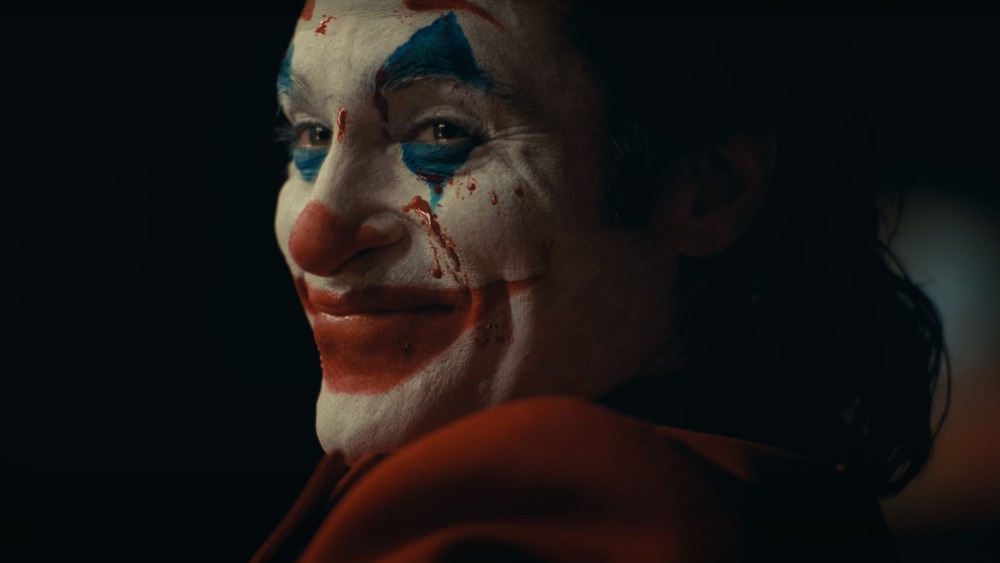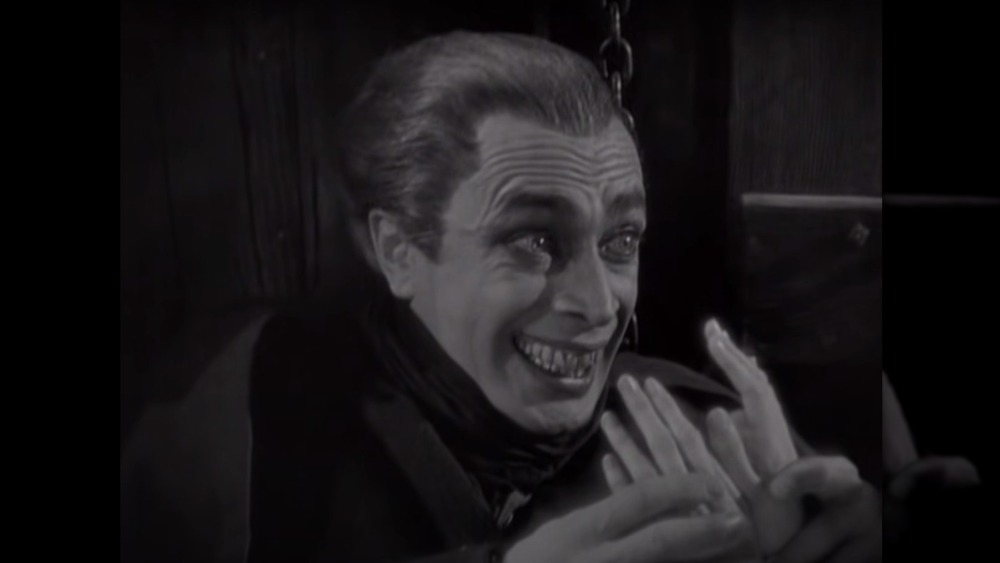The True Story Behind The Joker's Origin Isn't What You Think
"If I'm going to have a past, I prefer it to be multiple choice." That's what the Joker said in the pages of 1988's Batman: The Killing Joke, shortly before perpetrating actions that would forever divide DC fans into two groups: those grossed out by the work of Alan Moore, and those who would wait to be grossed out until his work in the early '90s. The point remains: even Joker can't figure out where Joker came from.
And it isn't like he's DC's only character with a nebulous backstory. The comic book publisher's beloved universe has been rebooted more times than a picky customer at Footlocker, and the origins of some iconic heroes and villains have become difficult to follow. There have been half a dozen Superboys and a smorgasbord of explanations for Hawkman, to say nothing of that precursor Green Lantern who couldn't use his powers on wood. But for some reason, it's the Clown Prince of Crime's genesis that has become the third rail of superhero stories.
2019's Joker took a big-screen swing at imagining where Batman's nemesis came from, taking inspiration from The Killing Joke, Taxi Driver, and TikTok videos of people dancing on stairs. But comics have been trying to get an origin story to stick for decades, with broad strokes involving the Red Hood Gang still called back to today.
Meanwhile, back in the nonfiction world, the actual origin story of the Joker goes way, way back, significantly further than the character's 1940 debut in the pages of Batman #1. And in keeping with the villain's wishes, it's even multiple choice.
The Joker story probably goes back further than you think
Here's what everyone can agree on: the Joker was a co-creation of Bob Kane and Bill Finger, the same guys who came up with Batman, along with their new hire, artist Jerry Robinson. Robinson claimed to have come up with the idea first, Finger said it was Kane's idea, and Kane (by many accounts) never blanched at the opportunity to take credit for a popular creation. Among the three of them, multiple recountings of the inspiration behind the Joker came up, over the years, with two details consistently in the mix: a playing card, and Victor Hugo's The Man Who Laughs.
More specifically, it was the 1928 silent film adaptation of The Man Who Laughs that kickstarted the creative process. In it, actor Conrad Veidt plays Gwynplaine, a freak show performer who was disfigured during childhood, his face permanently fixed in a paralyzed grin. By combining the character's haunting countenance with the features of a Joker card, some combination of ingenuity from Kane, Finger, and Robinson brought Batman's greatest foe to life.
This means two things. Firstly, since The Man Who Laughs was based on a novel published in 1869, the origins of the Joker can be traced back over 150 years, giving the character ample opportunities to dance with or without the devil in the pale moonlight. Secondly, the implication is there: Victor Hugo books are a goldmine of potential Batman villains. With any luck, Gotham's Dark Knight will be going toe-to-toe with Quasimodo or throwing batarangs at Cosette from Les Miserables in no time.

